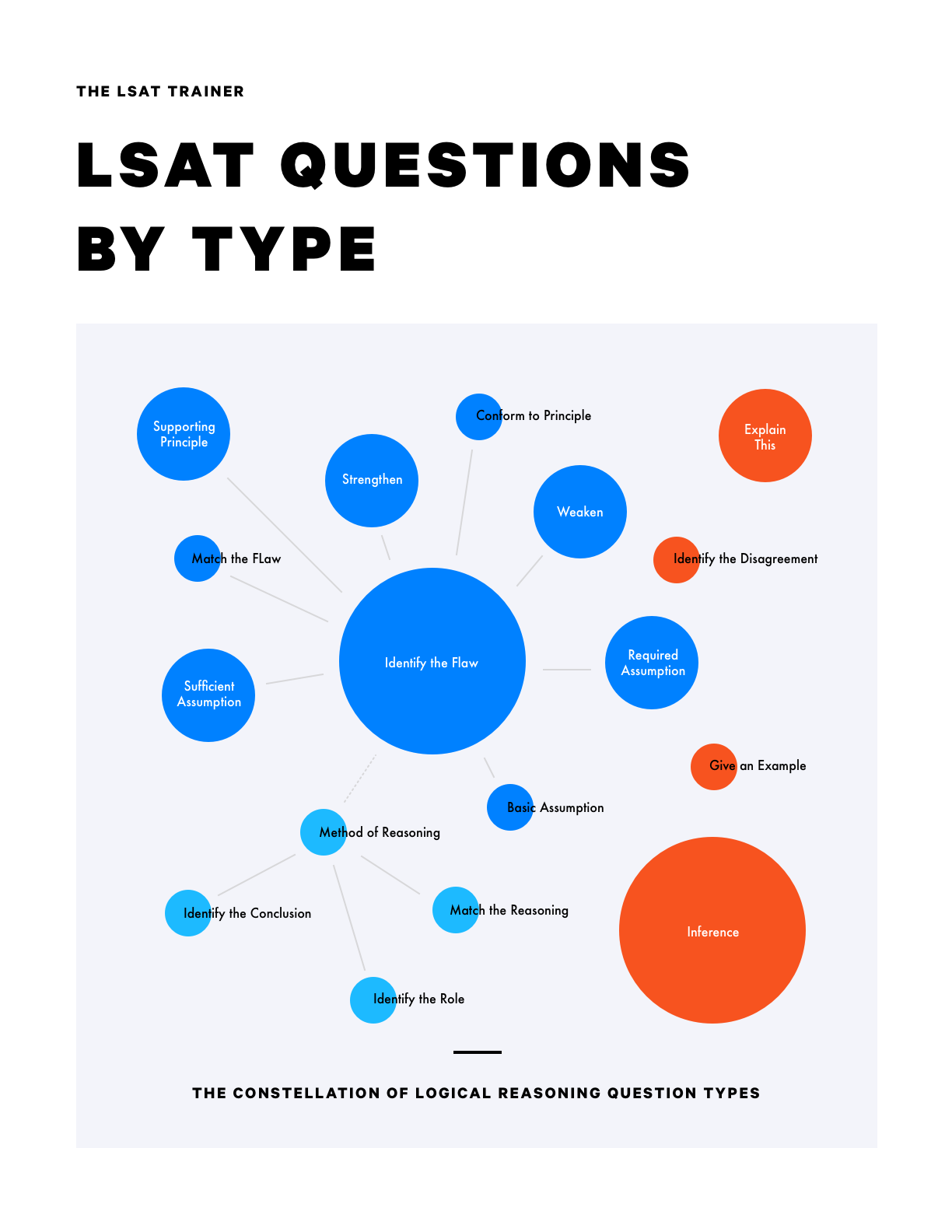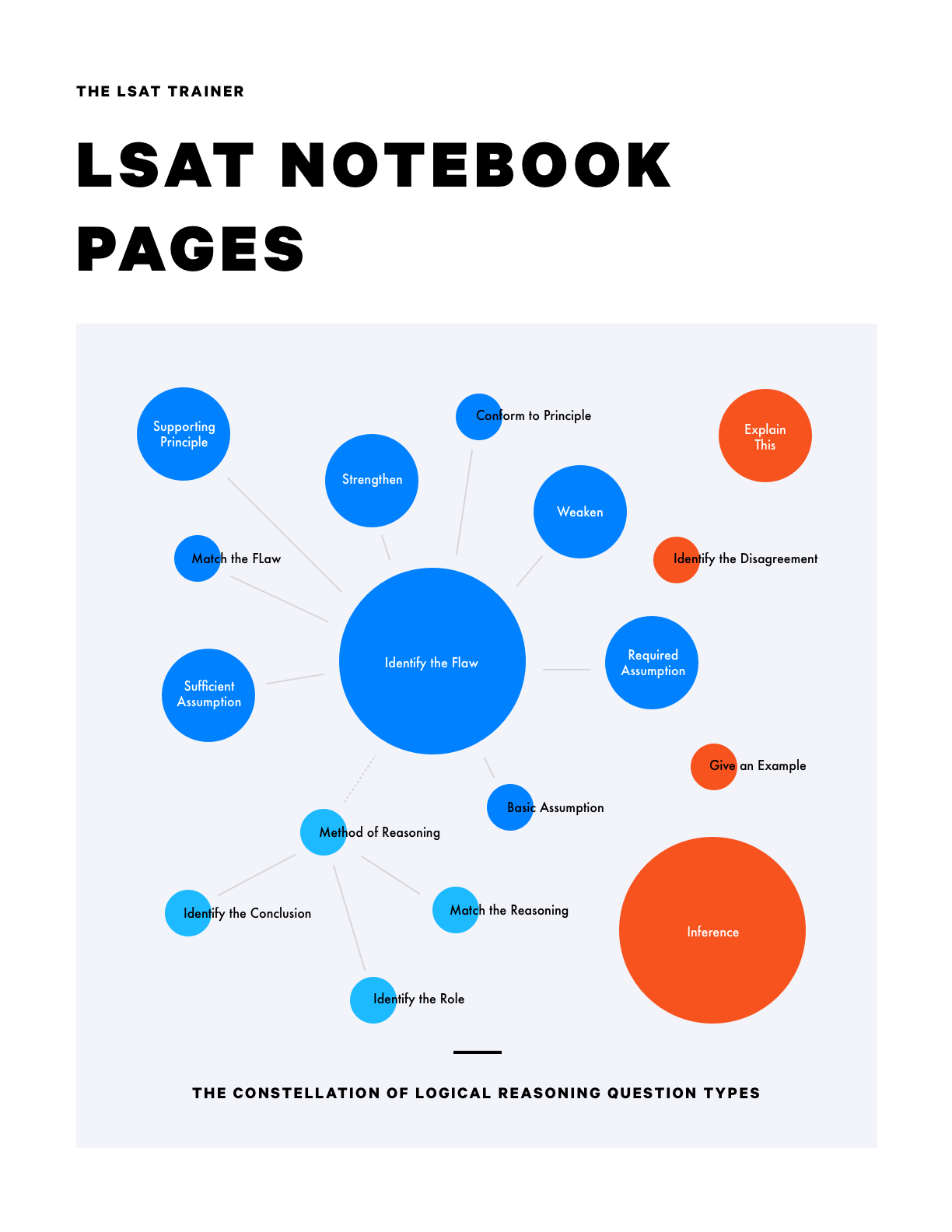Game 1
Step 1
Per the given scenario, we can write out the six elements to be placed - F, G, H, J, K, L, and we can lay out positions in two groups - Car 1 and Car 2, with an indication that each car has one driver position, and at least two elements total.
Step 2
Per the first rule, we can notate that H must be driven by F or G. We can also make and notate a small inference that H cannot thus be a driver.
Step 3
Per the second rule, we can notate that J must be driven by F or K. We can also make and notate a small inference that J cannot thus be a driver.
Step 4
Per the third rule, we can notate that G and L are grouped together.
Game 2
Step 1
Per the given scenario, we can write out the six elements to be placed - F, H, J, N, P, and T, and lay out the six positions to be filled, in order.
Step 2
Per the third rule, we can create two frames, one in which P is before both H and N, and a second in which P is after both H and N.
Step 3
Per the first rule, we can notate on both frames that F comes before both J and H.
Step 4
Per the second rule, we can notate on both frames that both N and J come before T.
Game 3
Step 1
Per the given scenario, we can write out the five elements to be placed - Q, R, S, T, and U, and we can lay out the five positions to be filled - one each for the four different races, in order, and a position for the one runner who does not race.
Step 2
The third and fourth rules together form a biconditional - either R is second and U is out, or R is not second and U is not out - we can create two frames to represent those two scenarios.
Step 3
When R is second and U is out, every other element must be in, and, per the first rule, we must place Q immediately before T, and, in this frame, the only place to do so is in the third and fourth positions. That leaves S to fill the first position.
Step 4
In the second frame, when R is not second and U is not out, we can notate, per the first rule, that if Q is in, it must be immediately before T. We can make a small inference from this that T cannot be out (if T were out, that would force Q in, and thus violate this given rule). We can also infer that Q cannot be last.
Step 5
For the second frame, per the second rule, we can notate that S cannot be second or fourth.
Game 4
Step 1
Per the given scenario, we can write out the seven elements to be placed - F, G, H, J, K, L, and M, and we can lay out the seven positions to be filled, in order.
Step 2
Per the first and third rules, we can notate that we must have at least two elements in between M and H, and that J must follow M.
Step 3
Per the second and fourth rules, we can notate that L must be before F, which must be before the GK pairing.
Step 4
Per the fifth rule, we can notate that L cannot be second.



